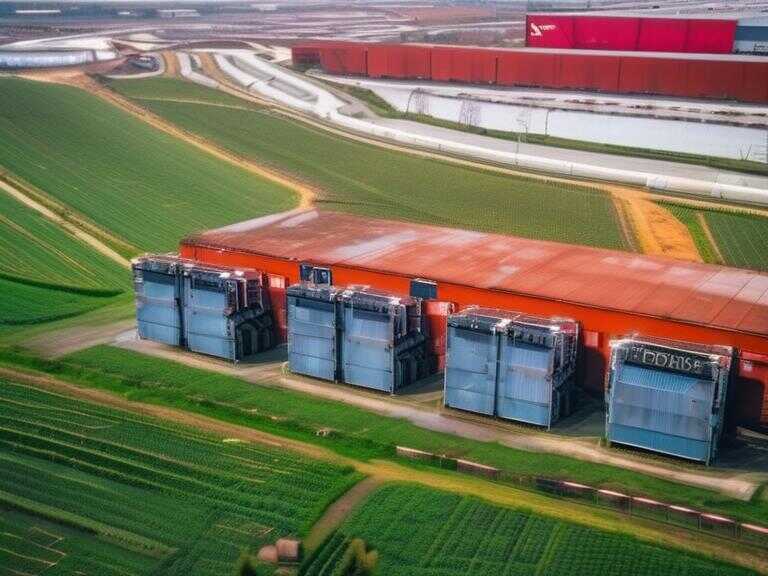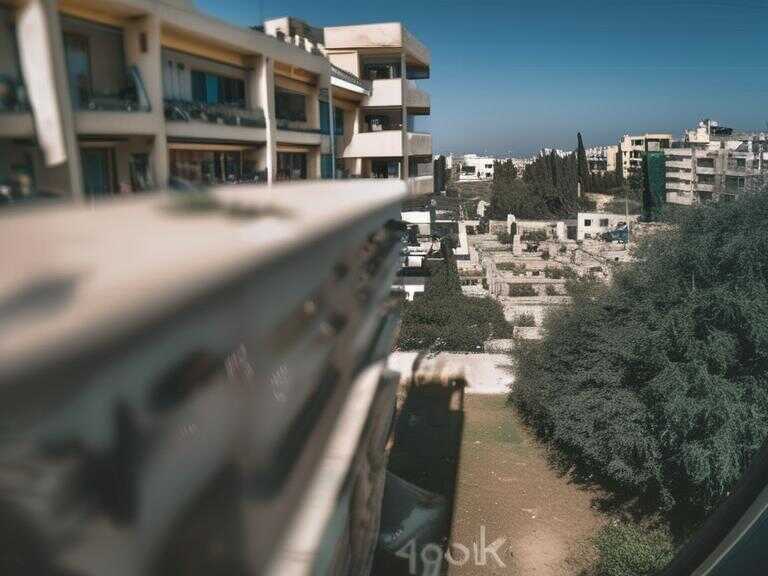
B-1B Lancer 'Rage' Returns to the Skies After Resurrection at Aircraft Boneyard
B-1B Lancer "Rage", retired in 2021, has been restored from a boneyard in Tucson to replace a crashed aircraft. Similar instances have occurred, showing the Air Force's efforts to maintain its fleet.

After an extensive three-year overhaul, a B-1B Lancer known as "Rage" has returned to the skies from the aircraft boneyard. The revival of "Rage" is part of the Air Force’s initiative to prolong the service life of its B-1B bomber fleet, even as they near the end of their operational tenure.
Resurrection of "Rage"
"Rage," officially identified by its serial number 86-0115, was captured soaring over Davis–Monthan Air Force Base in Tucson, Arizona by renowned aviation photographer Cayden Smith. This re-emergence follows the aircraft's stint in the 309th Aerospace Maintenance and Regeneration Group (AMARG), where it was consigned to the boneyard along with 16 other B-1Bs in 2021.
The reclamation of "Rage" from an advanced storage category, known as Type 2000, indicates the Air Force’s strategic foresight. This method expedites the process of reinstating the aircraft to operational status, making it swiftly deployable in response to combat losses or unforeseen incidents. The meticulous maintenance in Type 2000 storage streamlines the return to service, albeit still requiring several months of preparation to ensure operational readiness.
B-1B Reintroduction and Incidents
The resurgence of "Rage" is strongly indicative of its potential deployment to replace a B-1B that met with a mishap at Ellsworth Air Force Base, South Dakota in early January 2024. In adherence to congressional directives, the Air Force is mandated to uphold a B-1B fleet of 45 aircraft.
Over the years, the B-1 fleet has encountered a series of mishaps and operational challenges, including a 2021 episode where an augmenter fuel pump filter housing issue led to the grounding of the entire fleet. The return of retired B-1Bs for active duty reinstatement, as witnessed with "Rage" and a predecessor named "Lancelot," underscores the pragmatic approach adopted by the Air Force to mitigate operational gaps.
Bombers' Return to Service
The return of "Rage" is not an isolated occurrence. Historical precedent exists for reclaiming retired bombers from the boneyard to supplant operational losses. Instances such as the redeployment of B-52 aircraft, like the "Wise Guy" and "Ghost Rider," further exemplify the military's endeavor to maximize the utility of its aerial assets.
Despite the downsizing of the B-1 fleet in recent years, the Air Force remains committed to enhancing the longevity of the B-1B Lancer. Measures such as operational restrictions and potential weaponry upgrades have been instituted to sustain its relevance until the introduction of the next-generation B-21 bomber.
Adapted Mission Profile
The B-1B Lancer's role has evolved, primarily reverting to long-range strike missions after serving in counterinsurgency operations. Its capacity to undertake extended sorties, lasting up to 40 hours, signifies its pivotal role in future operational theaters. Furthermore, the aircraft’s ability to accommodate larger and advanced munitions, including potential hypersonic cruise missiles, underscores its strategic importance in the evolving global security landscape.
Future Prospects
The reintegration of "Rage" into the operational fleet underscores the Air Force's commitment to maximizing the longevity and operational effectiveness of its existing B-1B Lancer cohort. Despite the challenges and incidents that have beset the fleet, the military continues to leverage innovative approaches to ensure that these aircraft remain valuable assets until the full operationalization of the B-21 bomber.
Share news















